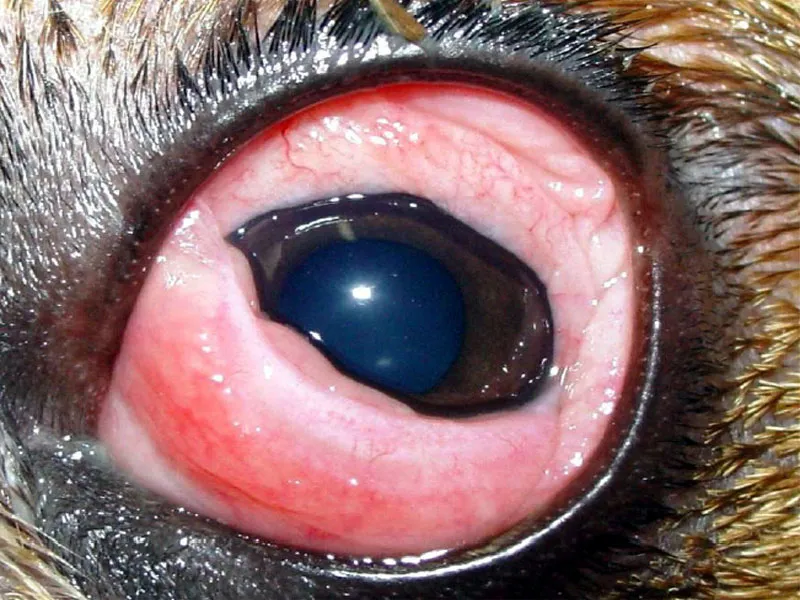Horner’s Syndrome Associated with Glioblastoma Multiforme in a Dog
DOI:
https://doi.org/10.24070/bjvp.1983-0246.003021Keywords:
canine, Horner’s syndrome, intracranial neoplasia, pathology, glioblastoma multiformeAbstract
A 7-year-old, intact female Bulldog was presented to the veterinarian with ocular signs characteristic of Horner’s Syndrome: bilateral conjunctival hyperemia, enophthalmos, miosis, and protrusion of the third eyelid of left eye. A month later, the dog returned for recheck with marked neurologic signs: lethargy, circling, constant vocalizing, depressed mentation, and hyperesthesia. A neoplasm in the brain was suspected. Treatment was implemented in an attempt to reduce clinical signs. After initial clinical remission, the clinical condition got worse and the owner elected euthanasia. Necropsy revealed a large intracranial neoplasm affecting an extensive portion of the cerebral parenchyma. The neoplasm was histologically diagnosed as glioblastoma multiforme. Determination of the extent of the affected cerebral regions based on neurologic exam was useful in establishing the presumptive clinical diagnosis of intracranial neoplasm. Horner’s syndrome preceded the neurologic signs in this dog. Although intracranial neoplasms such as glioblastomas multiformes are a rare cause of this syndrome, it is important to include them in the list of differential diagnoses in dogs in which this syndrome is seen in conjunction with neurologic signs.


